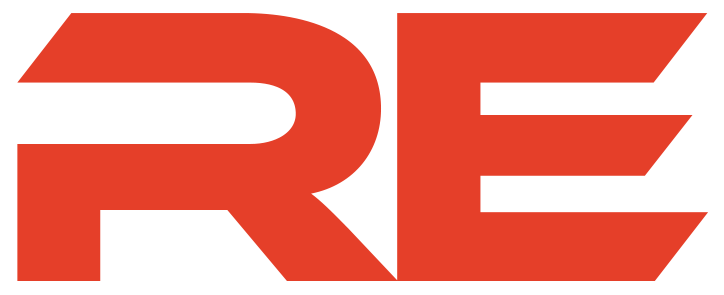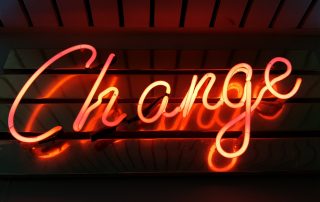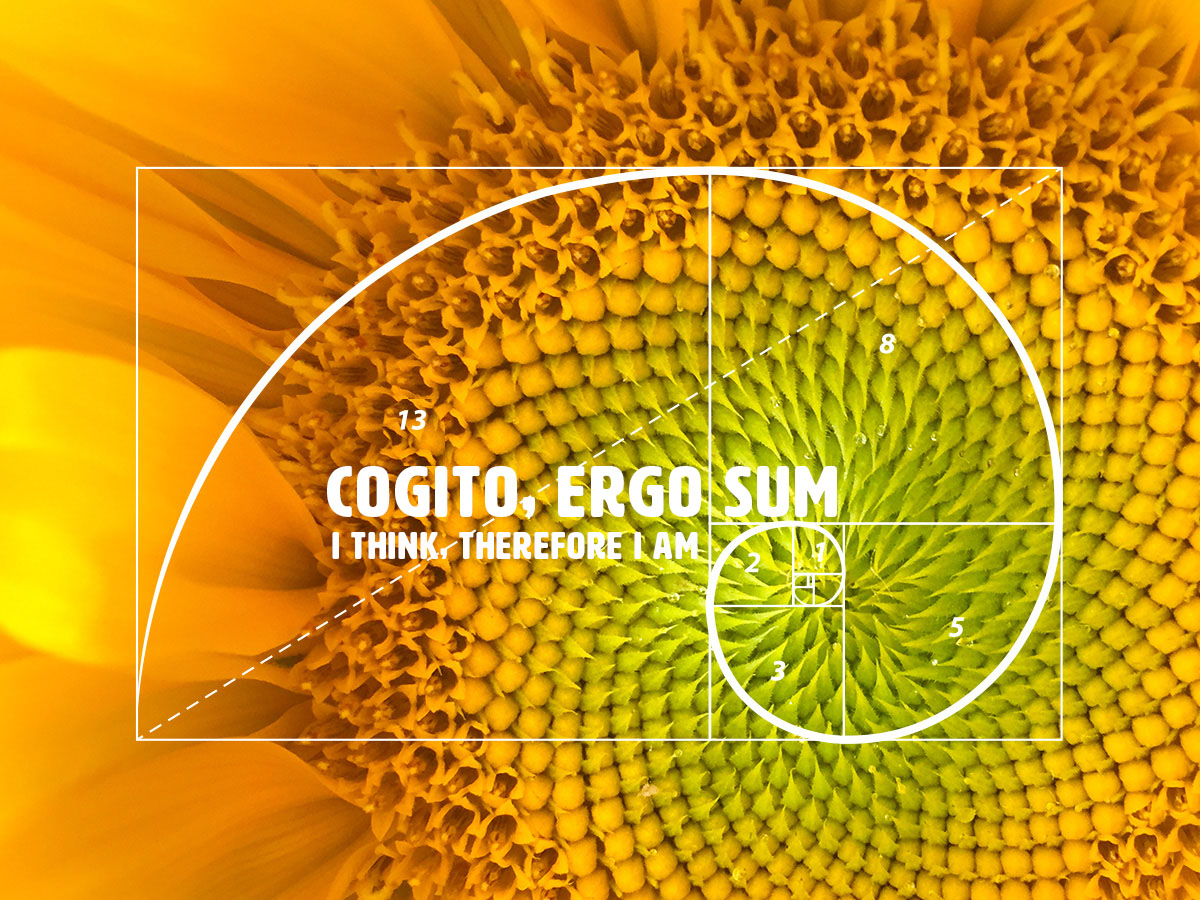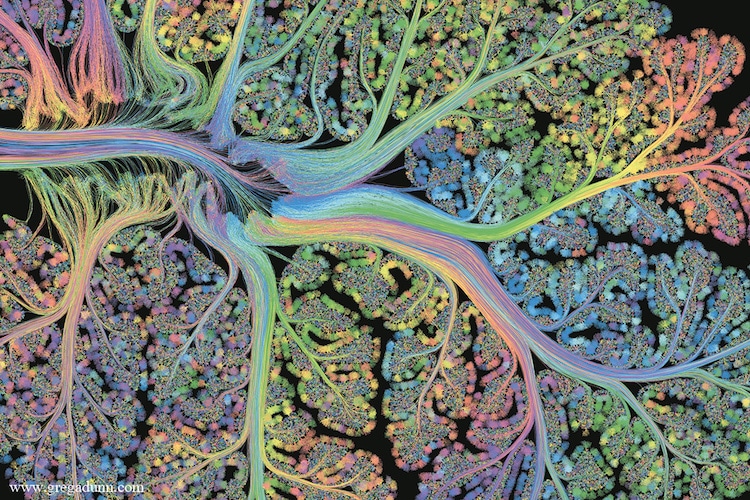Why We Don’t Follow Through: The Failed Change Equation
We all try to get rid of bad habits or learn new ones. We pursue goals. Yet we often struggle to follow through. Why? The Failed Change Equation provides an answer and a solution.
After a group of naked mole rats was deprived of air for 18 minutes, they stopped moving. But when the air returned, they sprang to life as if nothing had happened.
Other rodents, like field mice, perish when deprived of air for just 45 seconds. Why is the naked mole rat different? They can survive so long without oxygen because they can switch to a plant-like metabolism when deprived of air. An adaptation they’ve gained over millions of years living in tunnels deep underground.
Most land animals can’t live deep within the earth as the naked mole rat does. They don’t have a process that allows them to function without air. Most people fail to reach their goals because they are also lacking a process. They lack a process to produce change.
In fact, most people use an approach to change that’s almost guaranteed to fail
I call it the Failed Change Equation. Here’s what it looks like.
Motivation + Information = Change
When we want to change, we assume that if we are motivated to make the change and have the necessary information about how and why to make the change, then we will change. But how well does this work when we try to change a hard-to-change behavior?
For example, Jen wanted to stop yelling at her kids when they did something she didn’t like. She would come home to a house that was a total mess with the kids’ jackets lying on the floor, spilled food on the table, and papers and books were strewn about (at least they were reading).
She had decided to stop barking at the kids to clean up when she got home. And for a few days, she was successful. But after day three, she’d had it. She started getting upset and yelling again.
Why was it so hard for Jen to change?
She was motivated to change. She felt guilty about yelling at her kids. And she wanted to have a healthy relationship with them. She had information about why this change was useful. She’d read parenting books and knew yelling wasn’t a good long-term solution. Despite having the information and motivation, she wasn’t able to sustain the change.
So if Motivation plus Information does not equal change, then what does?
The answer is the Complete Change Formula. It is not about adding anything. This equation involves subtracting one element.
Motivation + Information – Beliefs = Change
You still need motivation and information, but you subtract beliefs. That’s what makes lasting change possible. When Bella wanted to start a business but failed to take the necessary steps due to fear of failure, she eliminated beliefs that stopped her, such as “I’m not smart enough,” “I’m not good enough,” and “If I fail, people will look down on me.”
When Jermaine wanted to stop spending double the time required on his copywriting before handing it over to a client, he eliminated beliefs like “What makes me good enough is doing things perfectly” and “I’m not good enough.”
Bella and Jermaine were able to change these behaviors after these beliefs were eliminated. They used the Complete Change Formula.
And what happened to Jen?
Jen eliminated a few beliefs in one-on-one sessions. She eliminated, “If kids don’t do what a parent wants, they don’t respect the parent,” “It’s bad to have a messy house,” and “If kids don’t obey, they are doing it to spite you.” After these beliefs were gone, she reported that she was not angry when she came home to a messy house.
But, she was still committed to solving the problem, so she came up with games to get the kids involved in keeping things clean. She also kept a chart with points to reward them for their progress. As a result, the house got cleaner (but not perfect), but also she had much more fun with her children. (By the way, I don’t teach parents to use points and rewards, she came up with those strategies on her own.)
But can change really be that simple?
I know that it sounds hard to believe that just one element can unleash lasting change. But think about how many people believe that giving information and drumming up motivation will produce change even though it’s pretty easy to do both. I can easily give you a book or article about what to do, and I might even tell you stories to inspire you to do it. That’s not hard to do.
The information might stick, the motivation probably won’t. Change seems hard because we keep trying failed methods over and over, and it starts to feel hard after a while. The reason changes don’t stick is despite all the information and motivation, limiting beliefs are still there, humming in the background, ready to take over when we aren’t focused on the change anymore.
But when the beliefs are gone, they can’t take you off track anymore. You are free to choose a new way to behave. You don’t have to keep wedded to old habits. You can do something different.
Summary
We fail to produce lasting changes in our behavior due to the failed change equation — Information + Motivation = Change.
We can make change last by subtracting one element — beliefs.
We need to eliminate limiting beliefs because beliefs will take us off track once we are no longer focused on the change.
Naked mole rats can live so long without air because they have a mechanism that allows them to do so – they can switch to a plant-like metabolism when needed. You, too, have a hidden inner mechanism to produce change. The ability to eliminate limiting beliefs. With that ability, you can change just about anything in your life.







